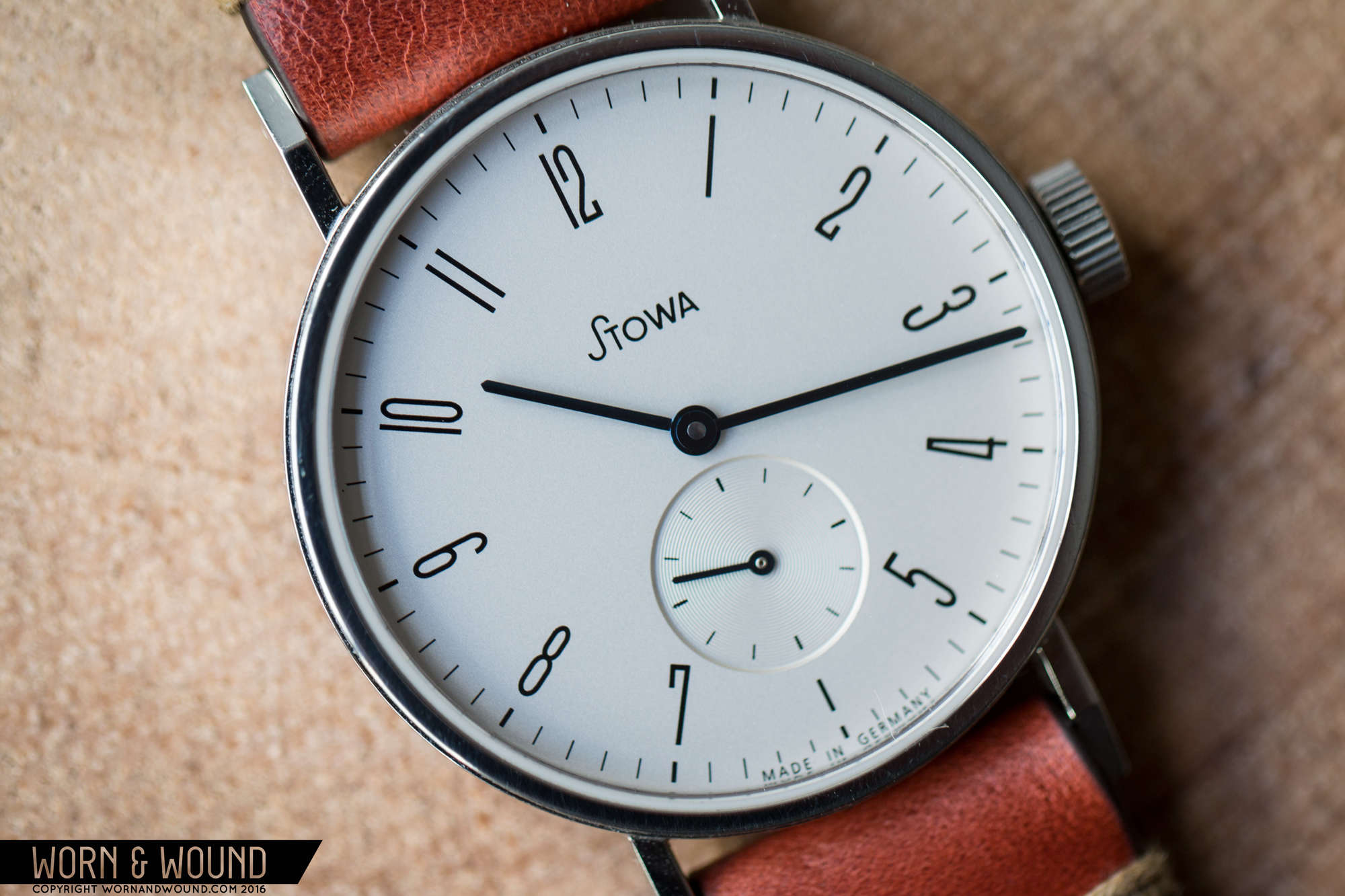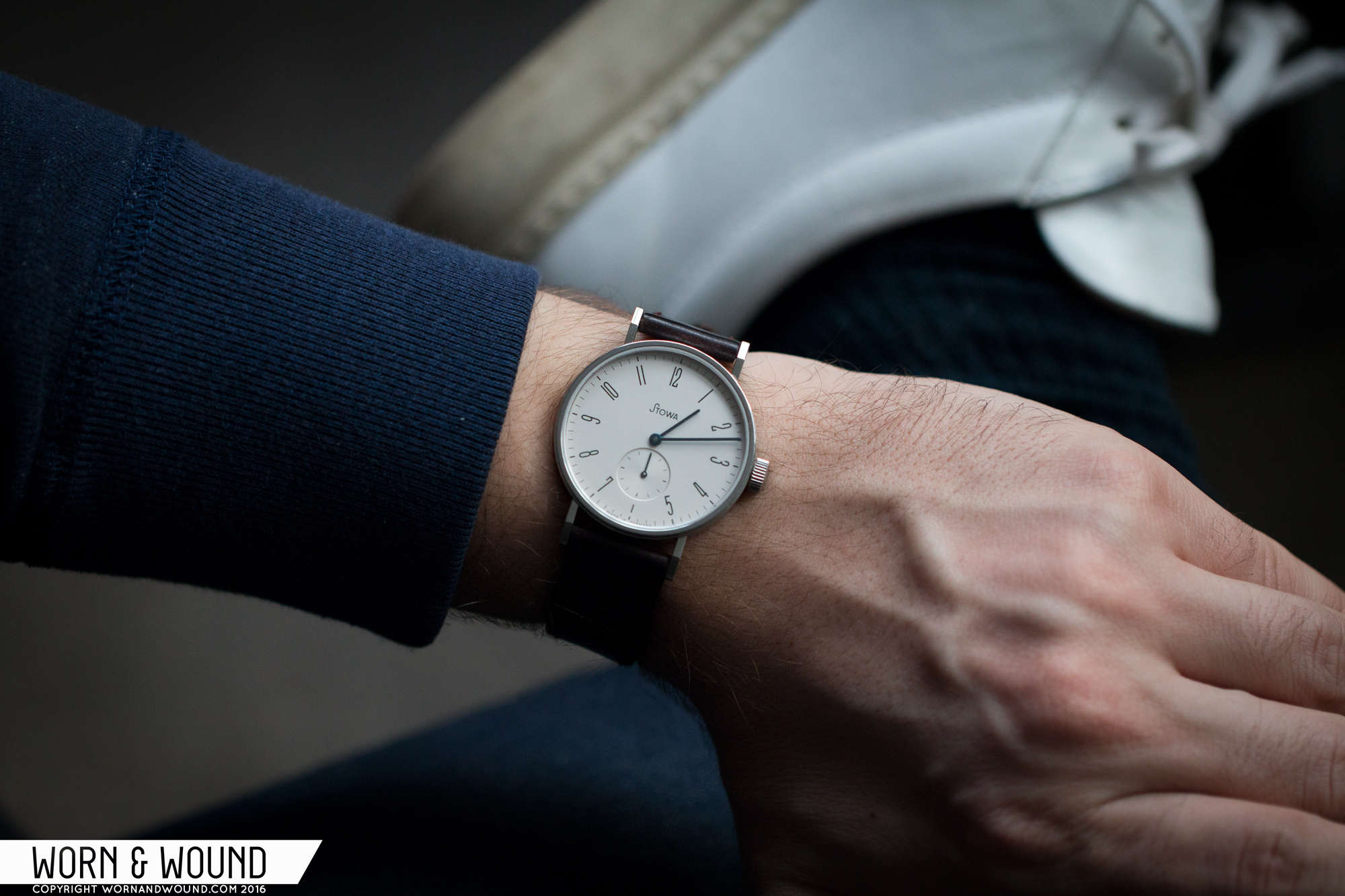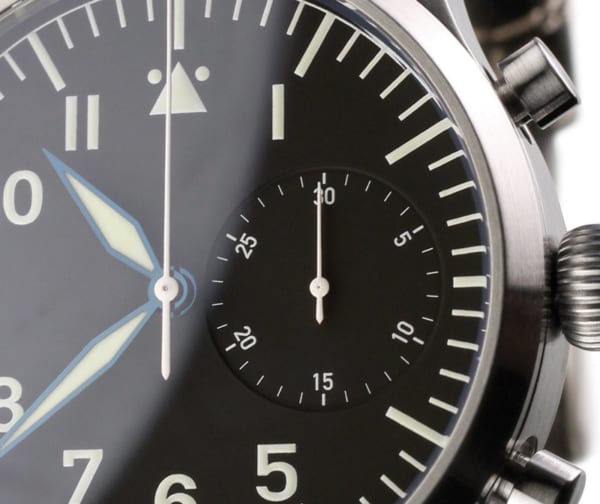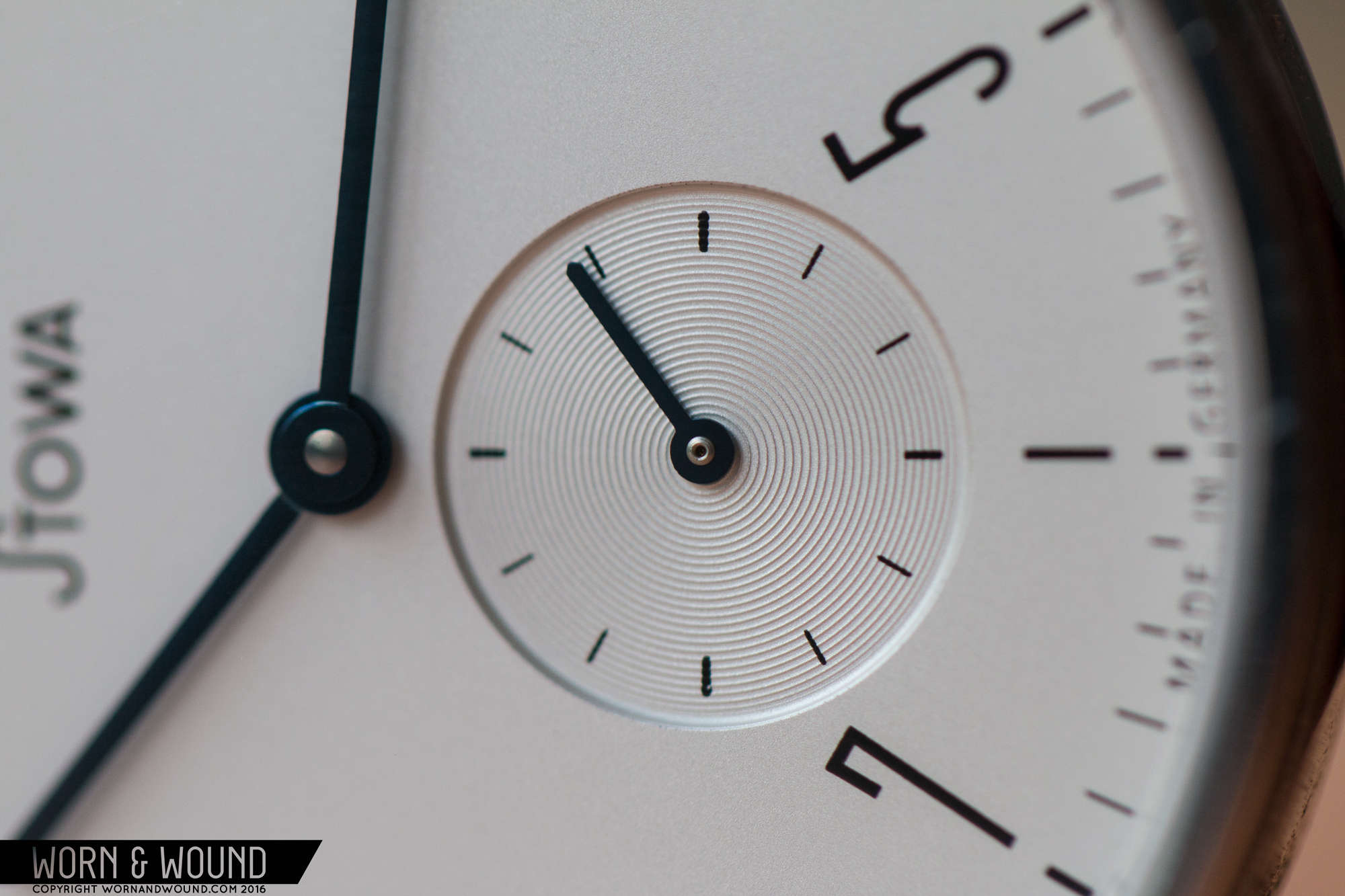When I first got into collecting watches, I was initially drawn to the sportier sort—primarily rugged tool divers and chronographs (one of my first big purchases was a Sinn 756, which I wrote about here). It wasn’t until much later that I began to appreciate simpler, dressier options. When I did, I realized rather quickly that finding a contemporary dress watch (I didn’t have the courage to take the plunge into vintage just yet) that ticked all my boxes—and on a budget, no less—was a surprisingly difficult task.
For me, there’s very little leeway when it comes to a dress watch. All the individual elements of the design have to be just right for the whole thing to work, because even the smallest off-putting detail can throw the entire design out of whack. And what I came across was mostly that—watches that were almost there, but ultimately ruined by an extra couple of millimeters or a misplaced date window.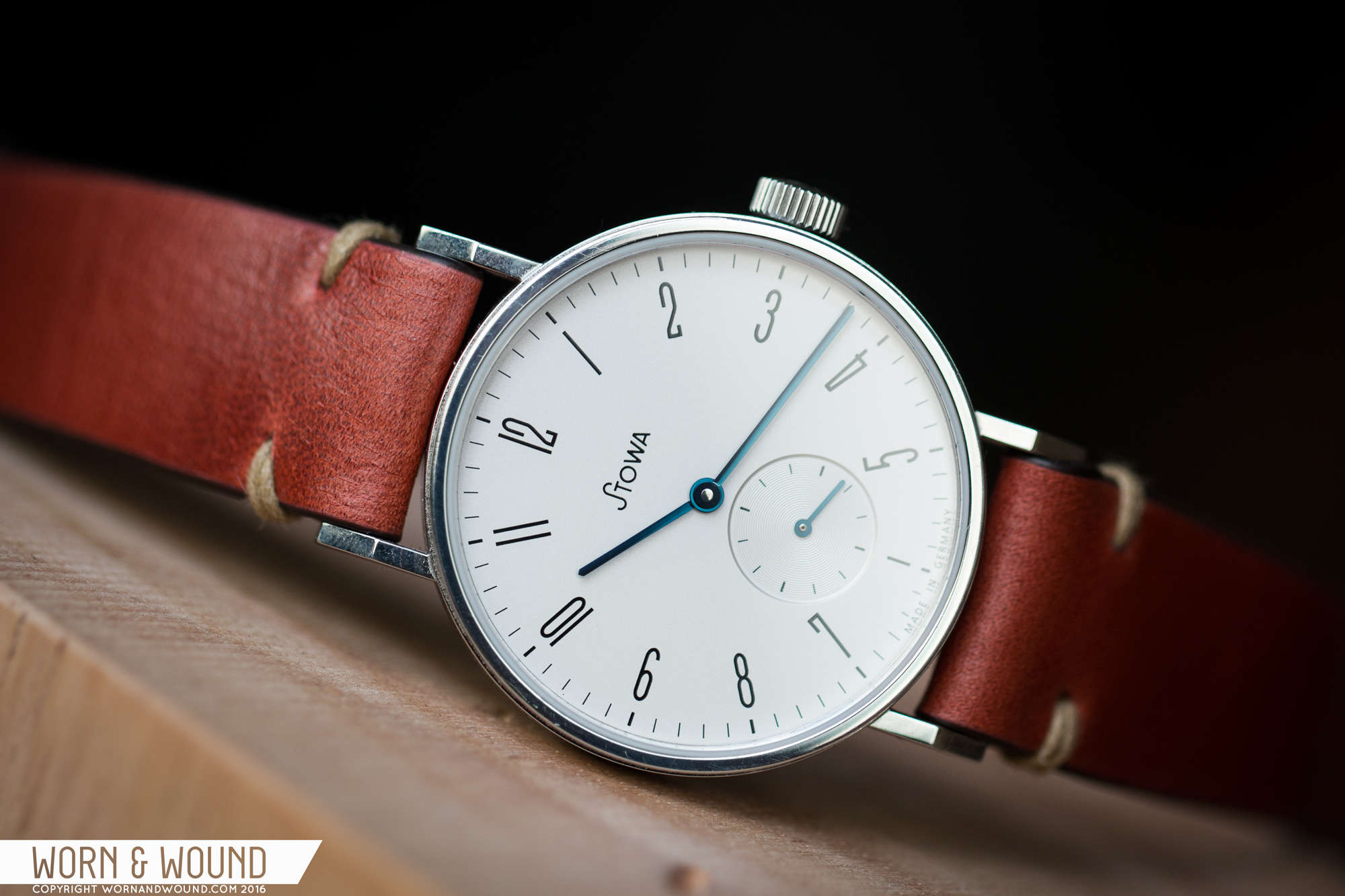 Enter the Stowa Antea Kleine Sekunde. When I first learned of this watch, I was already a fan of Stowa. From what I read on numerous forums, it was a beloved brand that punched well above its weight class. And as a fan of pilot’s watches, I had my eye on several of the Flieger models, but I never really looked much past that collection. With my hunt for a dress watch, I landed on the Antea range.
Enter the Stowa Antea Kleine Sekunde. When I first learned of this watch, I was already a fan of Stowa. From what I read on numerous forums, it was a beloved brand that punched well above its weight class. And as a fan of pilot’s watches, I had my eye on several of the Flieger models, but I never really looked much past that collection. With my hunt for a dress watch, I landed on the Antea range.









 Featured Videos
Featured Videos





